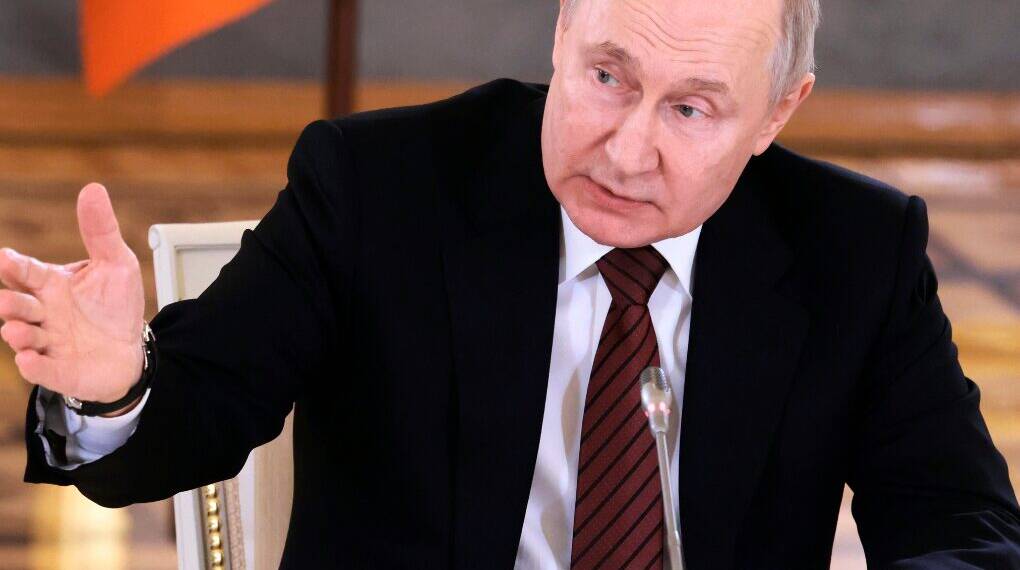The heart of Russia is growing quieter. Not from a ceasefire in Ukraine, but from the fading echoes of friendships once firmly rooted in Moscow’s orbit. As the war in Ukraine stretches into its third year, the cost for Russia is no longer just military—it is profoundly diplomatic.
For President Vladimir Putin, this silence may be louder than the battlefield. Longstanding alliances—some forged in blood, others in shared ideology—are unraveling. The Kremlin, once the nucleus of a tight circle of global defiance, is finding itself increasingly alone.
Syria: The Abandoned Ally
In 2015, Russia’s intervention in Syria shifted the balance of a brutal civil war. Bashar al-Assad was on the verge of collapse, but Russian airpower, combined with Iranian ground support, gave him a second chance. In return, Moscow secured military footholds along the Mediterranean.
But in 2024, with Russia bogged down in Ukraine, its grip in Syria slipped. Rebel factions, bolstered by Turkish backing, regained momentum. Assad’s regime faltered. Reports emerged of Assad fleeing Damascus. Moscow, once Syria’s unwavering patron, could do little but watch.
Armenia: A Security Pact in Ruins
Once reliant on Russia for protection against Azerbaijan and Turkey, Armenia is now charting a different course. In 2023, when Nagorno-Karabakh fell and over 100,000 Armenians were displaced, Russian peacekeepers were conspicuously passive.
By 2024, the cracks widened. Armenia halted its military cooperation with Moscow and, in a historic shift, withdrew from the Collective Security Treaty Organization (CSTO), a move previously unthinkable. The 1997 pact lies in shambles, another relic of fading influence.
Finland and Sweden: From Neutrality to NATO
One of Putin’s original justifications for invading Ukraine was to halt NATO’s eastward expansion. The result has been the opposite. Finland joined NATO in 2023. Sweden followed in 2024. Decades of neutrality collapsed under the weight of Russian aggression.
NATO now touches more of Russia’s border than ever before. What Moscow hoped to prevent has solidified: an emboldened, expanded Western military alliance responding to fears once dismissed as distant.
Central Asia: Quiet Departures
The Central Asian republics—Kazakhstan, Uzbekistan, Kyrgyzstan—once formed the cultural and strategic hinterland of the Soviet Union. Russia’s influence here was long-standing, a legacy of shared history and economic ties.
But today, Europe, Turkey, and China are writing a new script. From infrastructure to diplomacy, new actors are filling the void. As Russia concentrates its resources on Ukraine, its former backyard is slipping away quietly, but surely.
Iran: An Uneven Alliance
Iran stood by Moscow when few did. It supplied deadly Shahed drones that turned Ukrainian skies into hunting grounds. In return, Tehran expected loyalty.
But in June 2025, when Israeli and American strikes hammered Iranian territory, Moscow responded only with tepid statements of concern. There was no retaliation. No deterrence. Tehran is now confronting a bitter truth: the alliance was not equal. As Iranian cities burn, Russia remains silent.
A Global Shift
From the ruins of Damascus to the embassies of Yerevan, and from the Arctic frontiers of Finland to the scorched rooftops of Tehran, the pattern is clear. The Kremlin, once at the heart of an axis of resistance to Western influence, is losing its grip.
Where there was once camaraderie, now there is caution. Where there was once shared defiance, now there is distance. Russia’s war in Ukraine has not just redrawn borders—it has redrawn alliances.
And in the cold halls of power in Moscow, the silence is not peace. It is abandonment.








